Top Things to Know Before Buying Hanging Plant Pots for Indoor Use
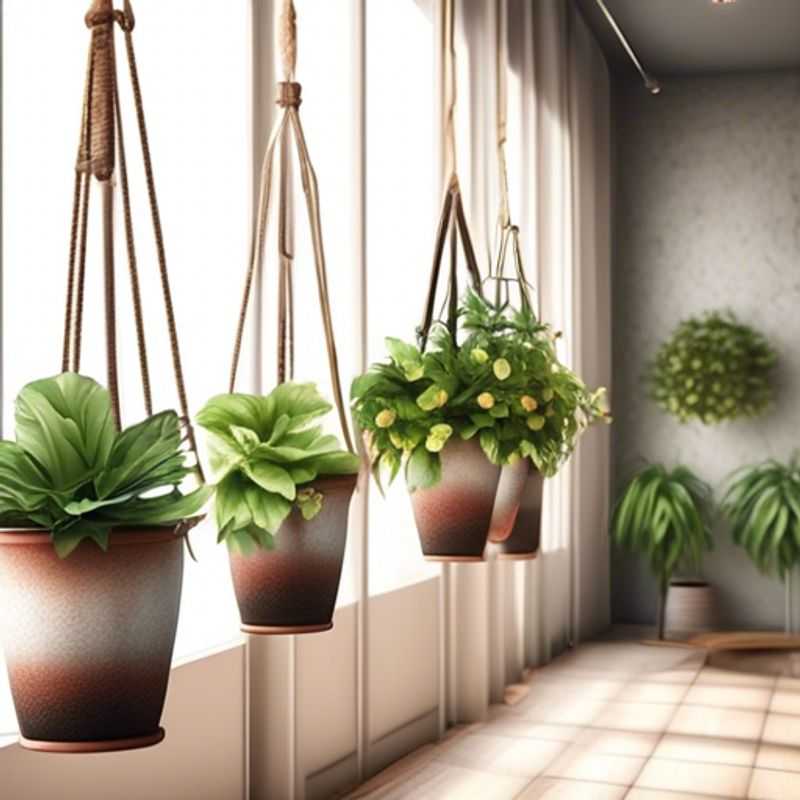
Top Things to Know Before Buying Hanging Plant Pots Indoor: Space, Weight, Material, Drainage, Size, Suspension, and Style
Bringing the lush beauty of greenery indoors with hanging plant pots is a fantastic way to enhance your home's ambiance.
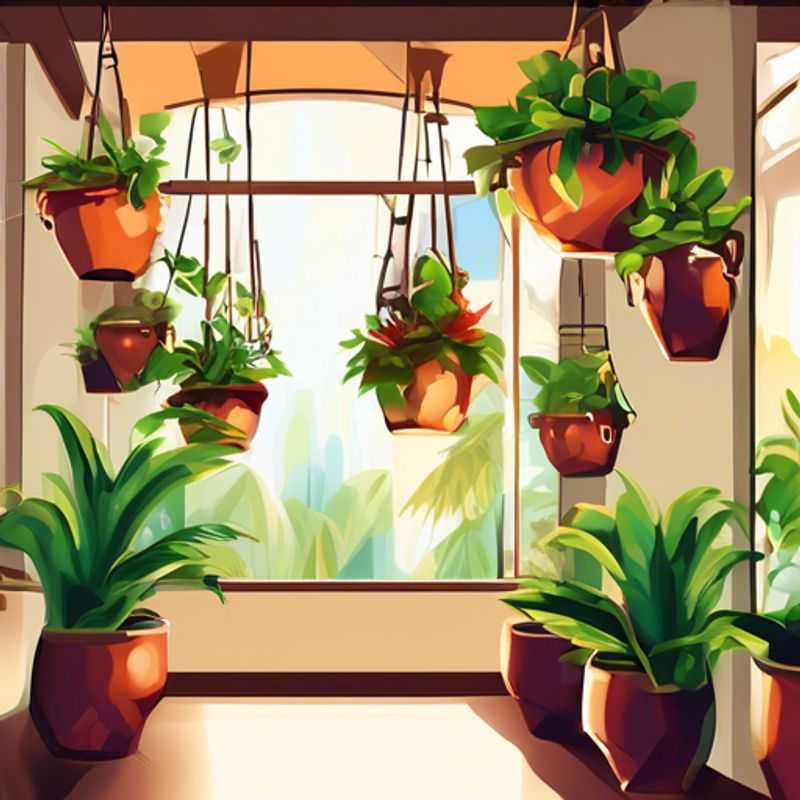
Measure Twice, Hang Once: How to Find the Perfect Spot for Your Hanging Plant
Before hanging your plant pot, make sure you measure the available space. This is crucial to prevent accidents and ensure your plant has enough room to thrive.
First, consider the weight of the pot when filled with soil and the plant. A heavy pot will require a strong hook or support.
Next, measure the width and depth of the area where you plan to hang the pot. Make sure it's wide enough to accommodate the pot and any swinging motion, especially if you live in a windy area.
Finally, measure the distance from the ceiling or hanging point to the desired location of the pot. This will help you choose the right length of chain or rope.
Always double-check your measurements before hanging the pot. Safety first!
If you are unsure about any aspect of the hanging process, it's always best to seek professional help.
Happy planting!
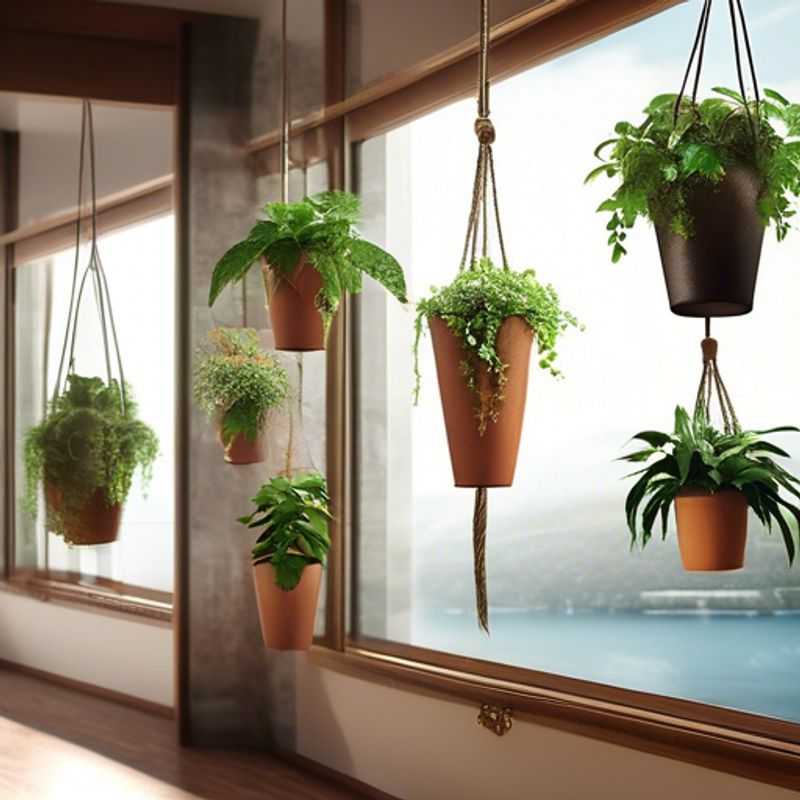
Don't Get Hung Up: Understanding Weight Capacity in Hanging Systems
When hanging anything, it's crucial to consider the weight capacity of the hanging mechanism. This means understanding the maximum weight the hook, screw, or any other attachment point can safely hold. Failing to do so can result in dangerous situations and potential damage.
Here's a simple breakdown:
1. Identify the Hanging Mechanism: Is it a hook, a screw, a ceiling mount, or something else? Each type has a specific weight limit.
2. Check the Manufacturer's Specifications: Most manufacturers clearly state the weight capacity of their products. This information is often found on the product packaging, user manual, or online. This is the most reliable source for determining the weight limit.
3. Factor in Safety Margin: Even if the item you're hanging is within the weight capacity, it's always wise to use a safety margin. This means choosing a mechanism with a higher weight capacity than what you strictly need.
4. Consider Environmental Factors: Factors like humidity, temperature, and the age of the hanging mechanism can impact its overall strength and capacity. It's best to err on the side of caution and use a mechanism with a higher weight capacity in such situations.
Remember, it's better to be safe than sorry when it comes to hanging anything. Always prioritize safety and ensure the mechanism is designed for the weight you're putting on it. If you have any doubts, consult with a professional.
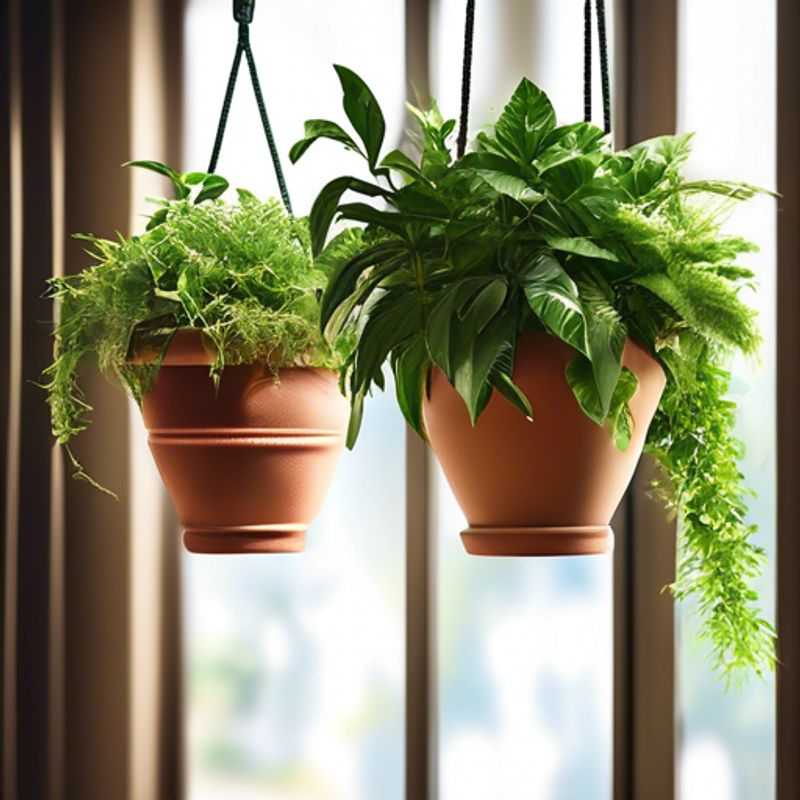
Choosing the Right Pot Material for Indoor Plants: A Guide to Success
When choosing a pot for your indoor plants, consider the material's suitability for indoor conditions. Not all materials are created equal, and some might be better suited for outdoor use.
Terracotta pots are a popular choice, but they can be prone to cracking if exposed to extreme temperatures or humidity. They also tend to dry out quickly, requiring more frequent watering.
Plastic pots are generally more affordable and durable. They can be lightweight and resistant to cracking, but they may not allow for adequate drainage.
Ceramic pots often offer a stylish look and can be quite durable. However, they can be more expensive and might also dry out quickly.
Metal pots are generally robust but can rust if exposed to moisture. They can also become too hot to touch in direct sunlight.
Ultimately, the best pot material for your indoor plants will depend on your specific needs and preferences. Consider the plant's watering requirements, the size of the pot, and the overall aesthetic you're aiming for.
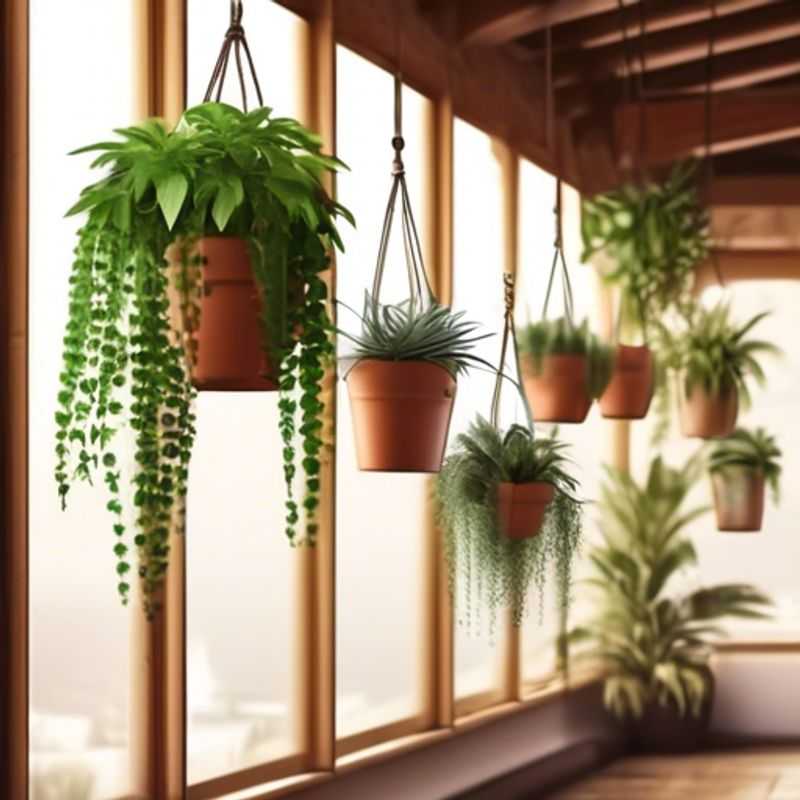
Prevent Waterlogging: The Importance of Drainage Holes
Waterlogging can be a major problem for your home or garden, leading to structural damage, mold growth, and plant death. It happens when water accumulates in the soil and can't drain away, often due to heavy rain or poor drainage. One key to preventing waterlogging is ensuring proper drainage.
This is where drainage holes come in. Drainage holes are openings in containers, pots, or other structures that allow excess water to escape. They act as a safety valve, preventing water from accumulating and potentially causing damage. These holes can be found in various sizes and locations depending on the structure, ranging from tiny holes in the bottom of flower pots to larger openings in retaining walls.
When choosing containers, always look for drainage holes. If you're planting in a container without holes, you can easily drill some yourself. This will help prevent waterlogging and ensure your plants thrive. Regularly check the drainage holes in your containers to ensure they aren't clogged with debris. A clogged hole can make drainage ineffective, leading to waterlogging.
In addition to containers, drainage holes are crucial in other structures as well. For example, retaining walls often incorporate drainage holes to prevent water pressure buildup behind the wall, which can lead to instability or collapse. The size and spacing of these holes are important factors that need to be considered during the design phase of the retaining wall.
To prevent waterlogging, it's essential to pay attention to drainage. Drainage holes serve as an important defense against water accumulation, protecting your property and promoting healthy plant growth. If you're unsure about drainage needs, it's always a good idea to consult with a professional.
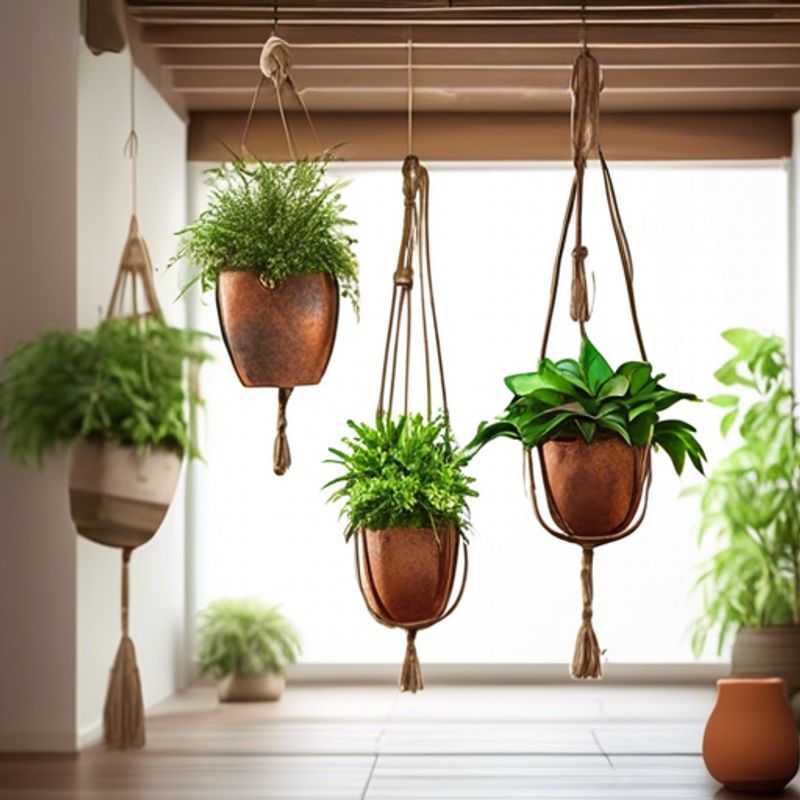
Root Happy: Choosing the Perfect Pot Size for Your Plants
Choosing the right pot size for your plants is crucial for their health and growth. A pot that is too small can restrict root growth, leading to stunted development and even plant death. Conversely, a pot that is too large can lead to overwatering and root rot.
The general rule of thumb is to choose a pot that is only slightly larger than the plant's root ball. This allows for some room for the roots to expand, but not so much that the soil stays wet for prolonged periods.
When selecting a pot, consider the plant's mature size. If you are planting a small seedling, you may need to repot it into a larger pot as it grows. However, you can also choose a pot that is slightly larger than the current size to avoid unnecessary repotting.
Pay attention to the material of the pot. Terracotta pots are porous and allow for better drainage, but they can also dry out more quickly. Plastic pots retain moisture better, which can be beneficial in dry climates but can also lead to overwatering if not properly monitored.
By choosing the right pot size and material, you can provide your plants with the optimal environment for healthy growth.
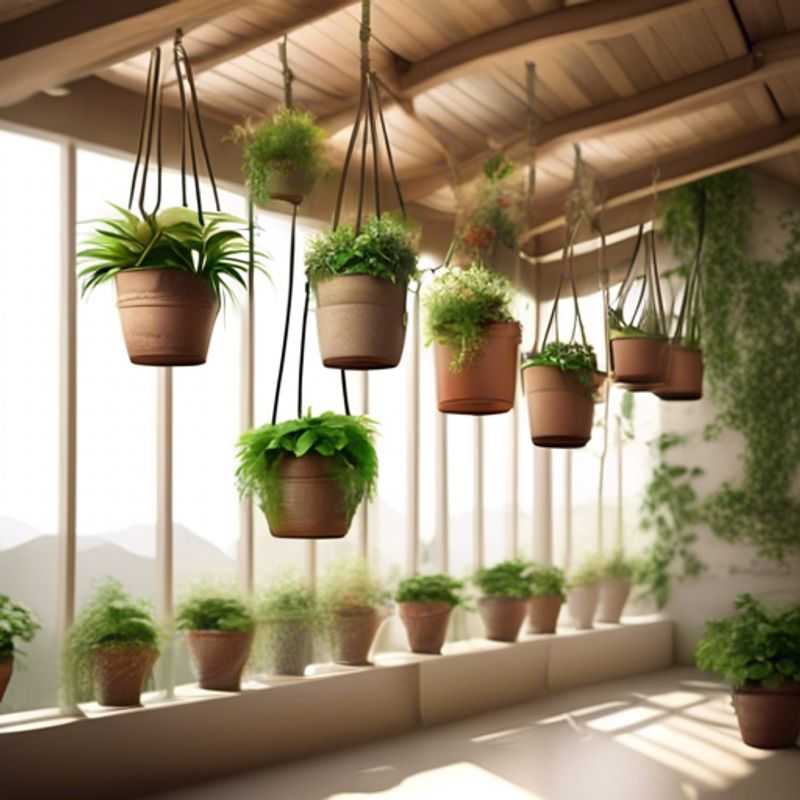
Beyond the Swing: Exploring Suspension Methods for Hammocks and Chairs
Suspension methods, like chains and macrame, are crucial for ensuring the safety and stability of hanging items. Chains, often made of steel or iron, offer high strength and durability. They are frequently used in commercial settings but can also be a viable option for home installations. However, chains can be quite heavy, which may require additional support structures.
Macrame, a decorative knotting technique, provides a more artisanal and aesthetically pleasing solution. While less robust than chains, macrame can still be strong enough for light to medium-weight items. It's particularly suitable for boho or bohemian décor.
When choosing a suspension method, consider the weight of the object, the ceiling material, and the desired aesthetic. Professional installation is often recommended for heavy items or complex suspension systems, as it ensures proper installation and safety. Remember, safety should always be a top priority.
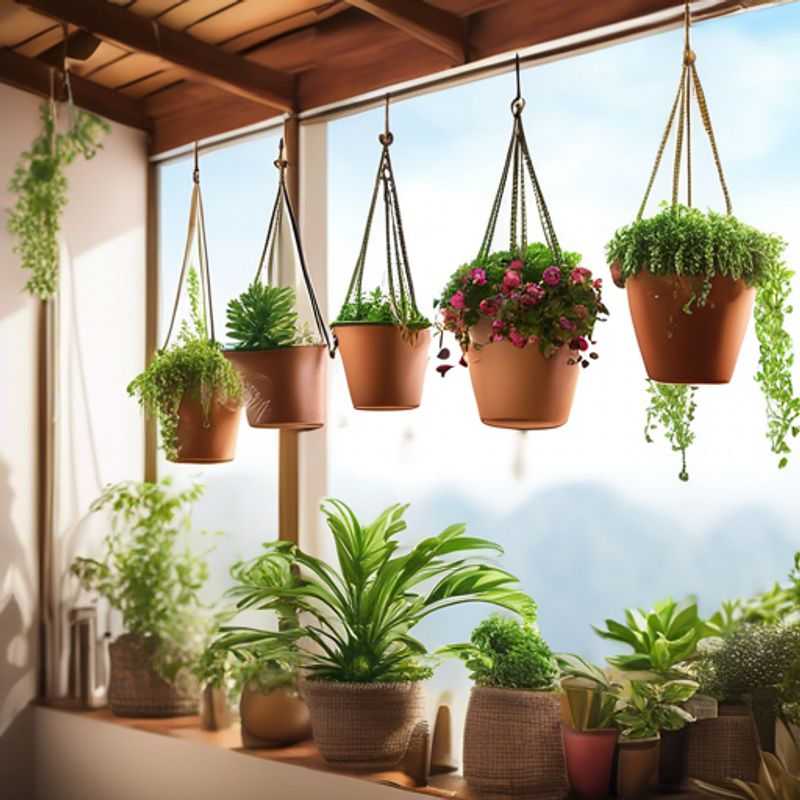
Choosing a Style That Complements Your Indoor Decor: A Guide to Harmony and Elegance
Choosing a style that complements your indoor decor is essential for creating a cohesive and visually appealing space. It involves considering the existing elements of your home, such as the architecture, furniture, and color palette. A well-chosen style enhances the overall aesthetic and creates a sense of harmony.
To begin, assess the existing style of your home. Is it traditional, modern, contemporary, or eclectic? Understanding your current style will help you narrow down your choices and select a compatible style. Consider the architectural features of your home, such as the moldings, windows, and doors. These elements can provide clues about the original style of the house.
Next, take inventory of your furniture and décor. Are the pieces predominantly traditional or modern? What colors and patterns are prevalent? Your furniture and décor should be consistent with the chosen style to create a unified look. If you have a mix of styles, consider creating a focal point with a particular style and incorporating elements from other styles as accents.
Color is a powerful tool in interior design, and choosing the right colors can significantly impact the overall style of your home. Consider the mood and atmosphere you want to create. Warm colors like red, orange, and yellow are associated with energy and excitement, while cool colors like blue, green, and purple evoke calmness and tranquility.
When choosing a style, don't forget about the practicality of your choices. If you have children or pets, consider materials that are durable and easy to clean. Also, think about the functionality of the space and select a style that supports your lifestyle. Finally, remember that personal preferences are key. Choose a style that you love and that reflects your personality and interests.
